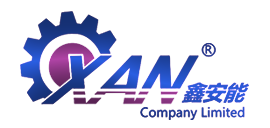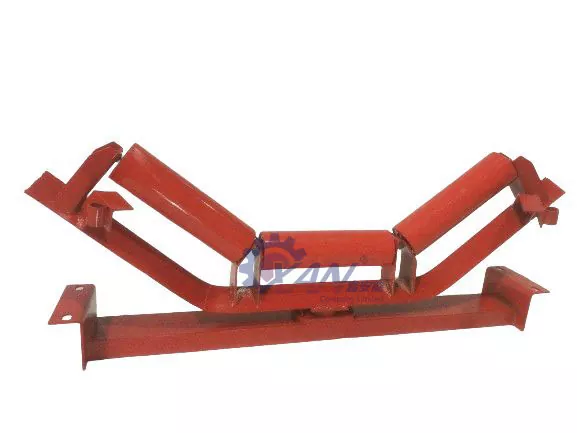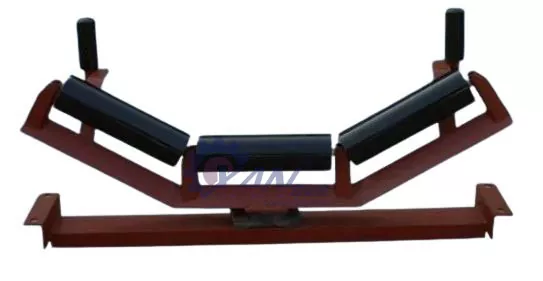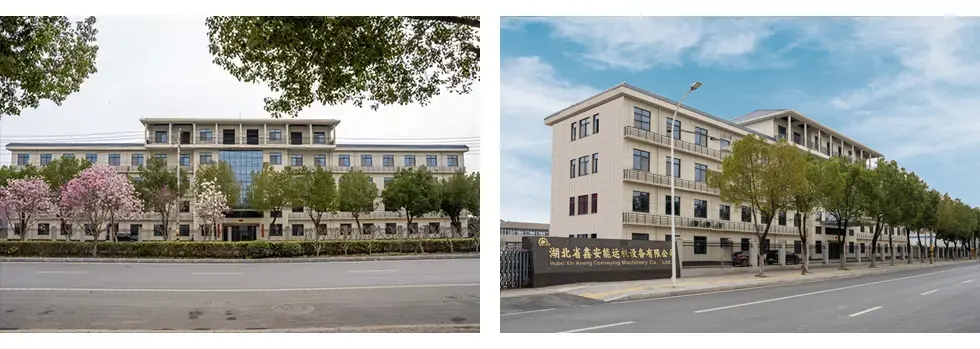
A self-aligning idler ensures that your conveyor belts stay on track, minimizing the chance of severe belt damage. that is to say, when conveyor belt deviates, it drives Self Aligning Lima groups, thus resulting in a friction that prompts the conveyor belt to restore its balance position, thus achieving the purpose of conveyor belt deviation correction.

Self-aligning idler roller (Spherical Roller Bearing) is a critical type of rolling bearing widely used in various mechanical equipment. Here are some detailed information about self-aligning idler rollers:

1. Working Principle: The working principle of self-aligning idler rollers is to support rotational motion through contact between the spherical elements and the inner and outer rings. It consists of two inner rings and one outer ring, allowing the inner rings to adjust relative to the outer ring, providing axial and radial freedom. This design maintains stability in uneven loading or axial misalignment situations, reducing heat and wear generated by friction.
2.Main Applications: Self-aligning idler rollers are primarily used in mechanical engineering to support conveyor belts and material weight, withstand heavy loads and vibrations generated during on-site operations, ensuring the normal operation of machinery. They are widely used in various engineering machinery such as excavators, cranes, and loaders. Additionally, self-aligning idler rollers can also be used in the main bearing systems of wind turbines, capable of withstanding wind power generation.
3.Classification: Self-aligning idler rollers are a type of idler rollers, classified according to their application, including trough idler rollers, parallel idler rollers, and impact idler rollers. Among them, self-aligning idler rollers are commonly used in stationary belt conveyors to adjust belt deviation.
Performance Parameters: The performance parameters of self-aligning idler rollers include diameter, spacing, etc., with specific values depending on their application field and practical requirements.
In summary, self-aligning idler rollers play a crucial role in mechanical equipment, ensuring the normal operation and stability of machinery through their unique design and working principles.

1. What is a self-aligning idler?
Self-aligning idlers are specifically designed to address issues of conveyor belt misalignment. Self-aligning idlers typically have a unique design that allows the idler to pivot or tilt in response to any deviation in the belt's alignment.
2.When do people use self-aligning idler?
Working Principal of the self-aligning carrying idlers is that when the belt runs off the track, it encounters the vertical roller on one side and drives the vertical roller forward.
3. What is the type of Self-Aligning Idler Roller
There are two main types of Self Aligning idler delivered by our EXCT, one is Self Aligning idler and backhaul Self Aligning idler in friction groove type, and these two types are both righting the loaded belt and the back haul no-load belt respectively to the lifting lugs installed in the frame of the belt conveyor.
|
Belt Speed(m/s) |
Length /mm |
|
|
<550 |
≥550 |
|
|
Radial runout tolerance of diameter |
||
|
≥3.15 |
0.5 |
0.7 |
|
<3.15 |
0.6 |
0.9 |
Our company has a comprehensive quality assurance system. Before production begins, we will submit a comprehensive quality assurance plan for this project. This plan includes quality assurance procedures, organizational methods, qualifications of involved personnel, and controls for all activities affecting project quality such as design, procurement, manufacturing, transportation, installation, commissioning, and maintenance. We have dedicated personnel responsible for quality assurance activities.
1.Inspection and control of equipment;
2.Control of purchased equipment or materials;
3.Control of materials;
4.Control of special processes;
5.On-site construction supervision;
6.Quality witness points and schedules.

Address
Bingang Road, Fankou Street, Echeng District, Ezhou City, Hubei Province, China
Tel